African cities are undergoing rapid urbanisation as well as transformations in their health and socio-economic sectors. Public spaces, where people of different ethnicity, religion, gender, and class meet, are both a projection surface of society and an arena of action for a wide range of development needs, such as economic activities, conservation, safety, mobility, health, and well-being. Yet the concept of public space in African cities is often considered too narrowly, delimited to green and tranquil European-style parks, reserves, or botanical gardens, which do not necessarily reflect the diverse needs and priorities of urban residents.
While these European-style spaces are important as they enhance the character identity and vitality of local neighbourhoods, towns and cities, in Africa there are other forms of open and closed public assets. While these are heavily used, much loved, and essential to social life and the fabric of communities, they are not generally referred to as public spaces. They range from bustling and noisy transport nodes, vibrant community centres, spaces of protest and places of worship to messy and dynamic markets and street trading areas. But they are more than just lively spaces for people. They are also part of a place’s cultural, social, and economic heritage, where communities come together to interact, work, explore, pray, play, exercise, relax, learn … or just breathe.
A Question of Context
Thus, it is also critical to affirm what notions such as the “right to the city” may mean in such contexts. Although this has often entailed reasserting the ‘publicness’ of public spaces, ‘public’ in itself is a term that is generally used but little interrogated in terms of how the spaces are understood, designed, used, and managed in order to be inclusive of groups with divergent opinions on societal issues.
Read the full article on Urbanet
Author Ayanda Roji
Recommended by Luisa Bravo

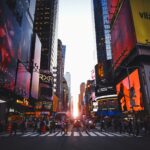
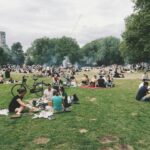
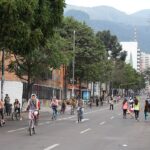
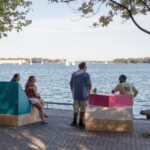

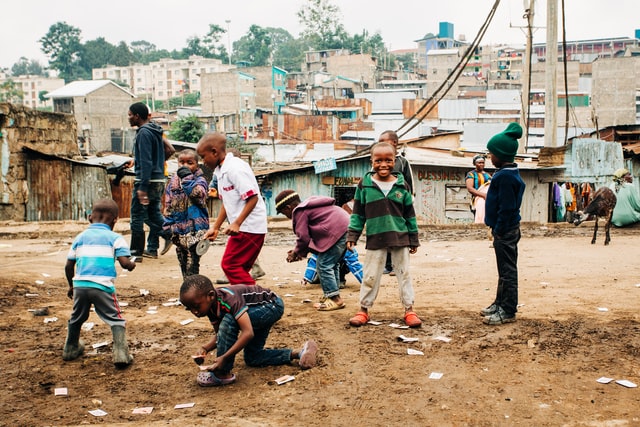
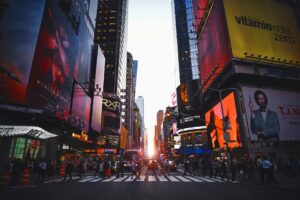
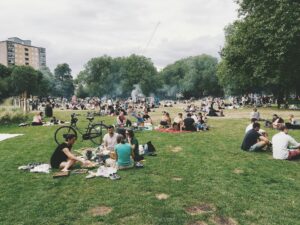
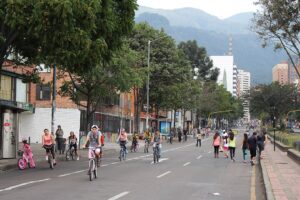
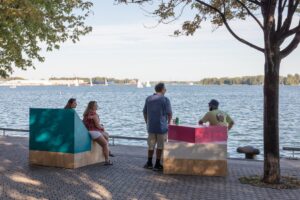
More Stories
Defining Placemaking: What Does It Really Mean?
Public Space Research Awards by City Space Architecture
A stealthy reimagining of urban public space by Elizabeth Diller